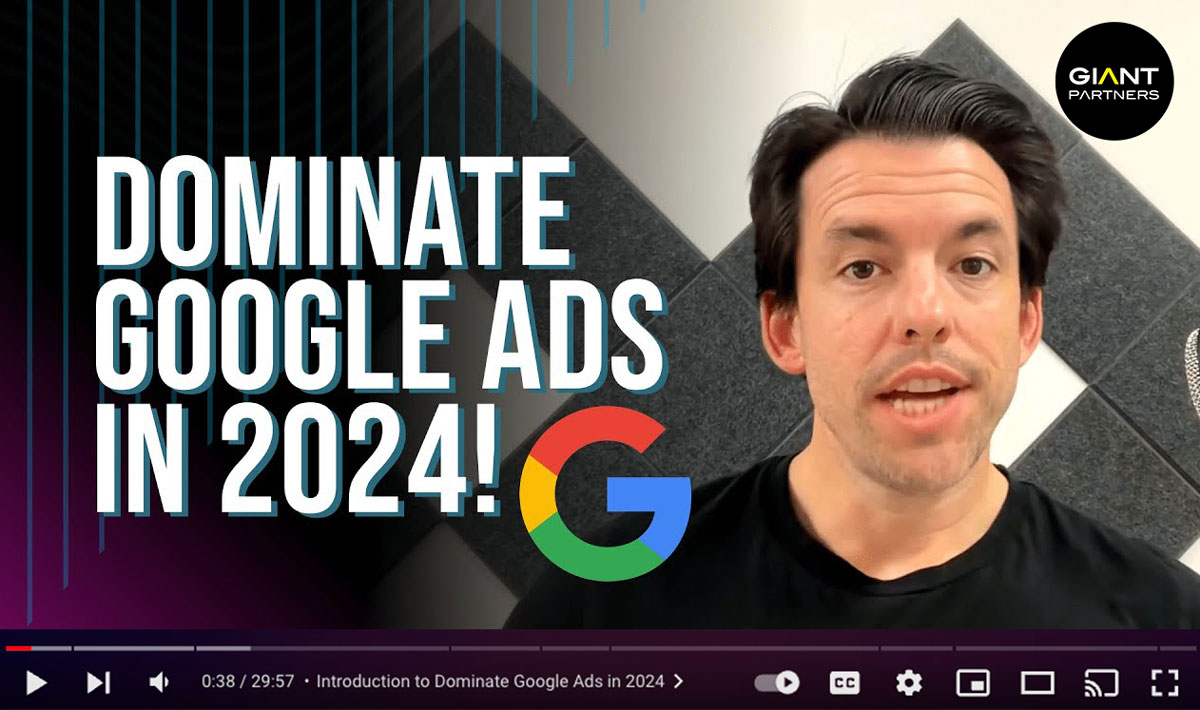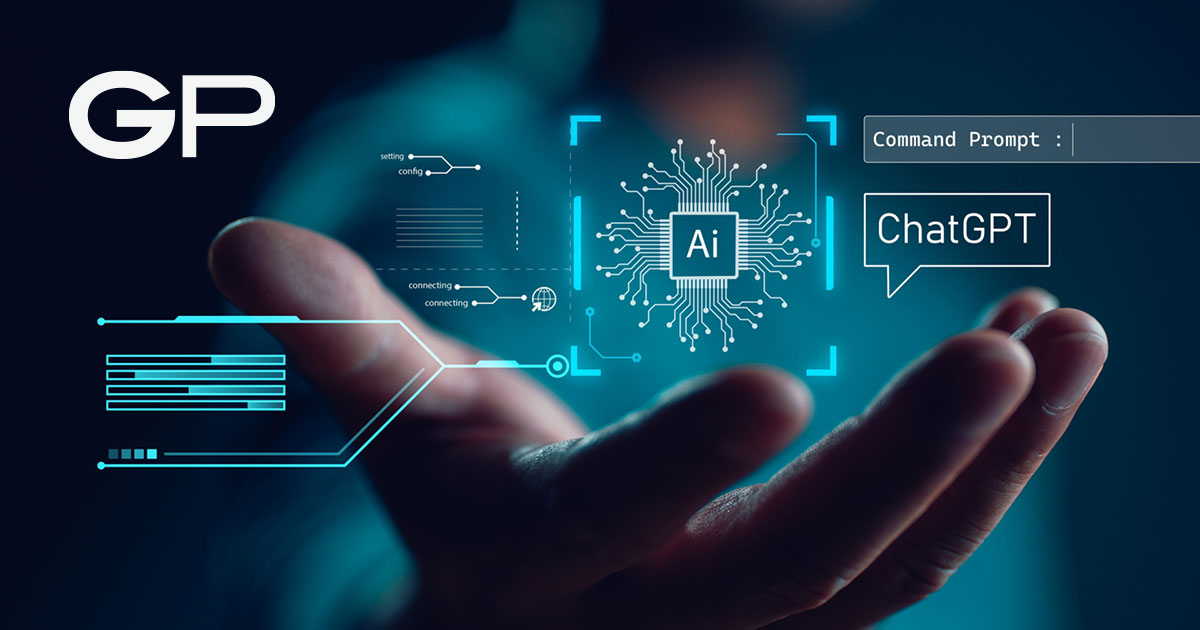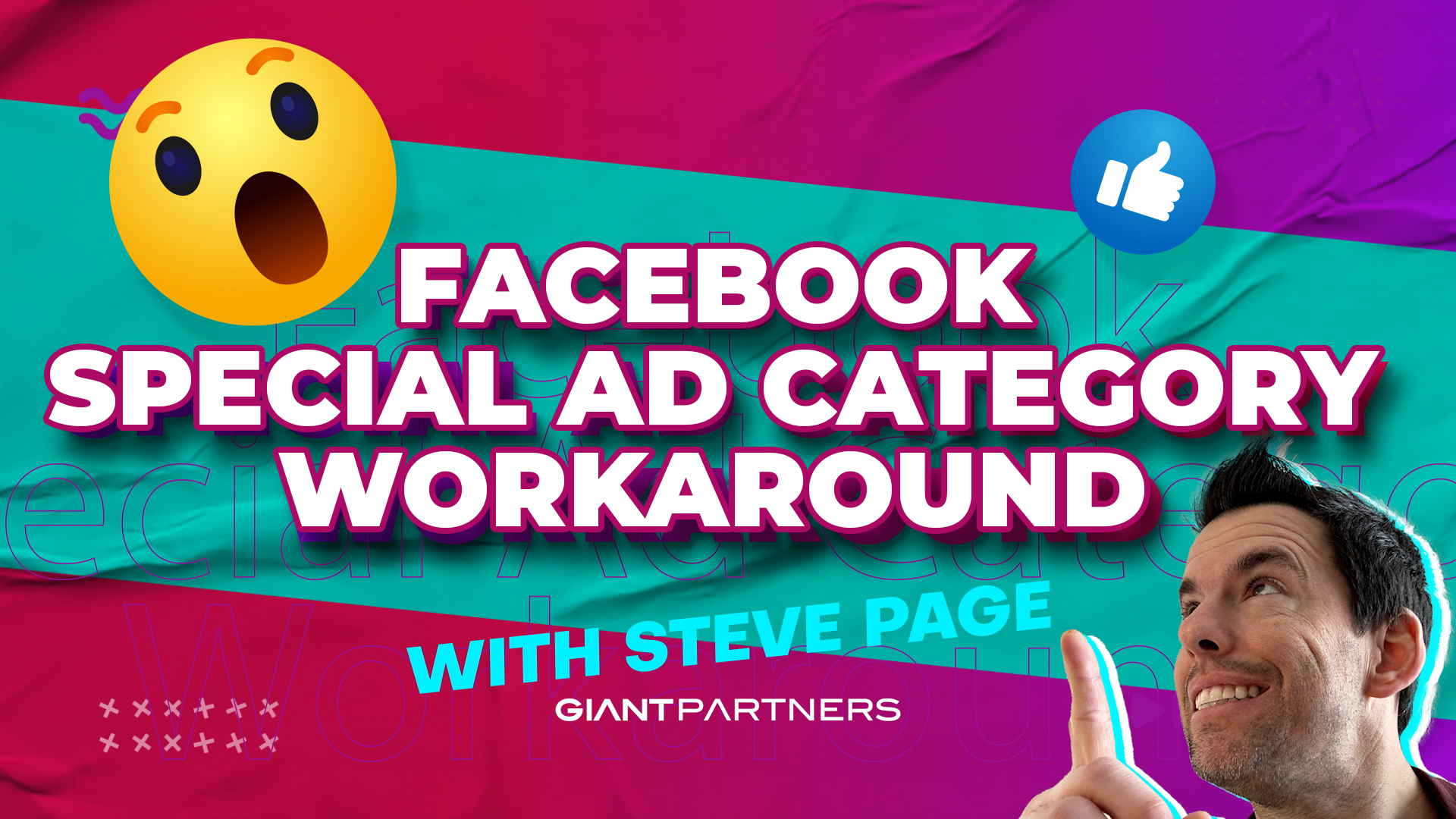By Jeremy Koenig | April 2, 2024

Email marketing is at the heart of customer communications and represents a direct link between your products, services and brand to the mind of customers. Email marketing is more important that ever before as social media channels continue to clutter, paid search costs continue to rise, and advertising algorithms remain in flux. Email is the secret weapon that top brands use to consistently unleash marketing performance from promotion-to-promotion. Email data can be collected slowly over time, appended to existing customer records, and modeled from scratch.
The Resurgence of Email Marketing (Opens, Clicks and Conversions)
The effectiveness of email marketing is witnessing a notable resurgence, and three primary variables are driving this trend:
1—The cacophony of social media advertising has reached a fever pitch, with platforms becoming overcrowded and attention spans dwindling. In contrast, emails provide a direct and intimate channel for communication, allowing brands to cut through the noise and engage with their audience on a more personal level.
2—The exorbitant costs associated with Google and YouTube advertising have rendered these platforms increasingly inaccessible for businesses with constrained budgets. Email marketing offers a cost-effective alternative, enabling companies to reach their target audience without breaking the bank. By reallocating resources from expensive paid advertising to email campaigns, businesses can achieve comparable, if not superior, results at a fraction of the cost.
3—The Marketing Rule of 7 remains as pertinent as ever in today’s digital landscape. This principle posits that consumers need to be exposed to a brand communication at least seven times before they are compelled to take action. Email marketing provides the perfect platform for delivering these essential touchpoints, allowing organizations to nurture leads, build trust, and ultimately drive conversions.
Crafting Compelling Email Content (Rarely Salesy)
In order to capitalize on the resurgence of email marketing, businesses must prioritize the creation of compelling and engaging content. Unlike traditional advertising, which often bombards consumers with sales pitches, successful email campaigns are educational, entertaining, and occasionally humorous. By eschewing overt sales tactics and instead focusing on providing value to email recipients, businesses can cultivate stronger relationships and foster brand loyalty.
Moreover, email content should seamlessly integrate with other advertising channels, reinforcing brand messaging and facilitating cross-channel engagement. By aligning email broadcasts with social media and paid advertising efforts, businesses can create a cohesive and immersive brand experience that resonates with consumers across multiple touchpoints. Additionally, email marketing tools offer sophisticated tracking and analytics capabilities, allowing businesses to measure the impact of their campaigns and optimize accordingly.
Building Targeted Email Databases (Collect, Append, Model)
A crucial aspect of email marketing success lies in the construction of targeted email databases. Businesses must identify and segment their target audience based on demographics, financials, interests, and purchasing behavior to ensure that email content resonates with recipients. By leveraging data-driven insights, companies can create highly personalized campaigns that speak directly to the needs and preferences of individual email recipients.
Furthermore, businesses can harness the power of lookalike audiences to expand their reach and attract new customers. By analyzing the characteristics of existing customers and identifying prospects who share similar traits, businesses can effectively target a vastly expanded email audience with precision. This approach enables companies to maximize the impact of their email marketing efforts and drive measurable results.
Conclusion (Have Big Email Marketing Plan)
Email marketing is vital and every company should have a big email marketing plan to accelerate leads, grow sales, and drive ROI. Email rarely works by itself, but combining email marketing campaigns with digital advertising is a tried and true recipe for success. Giant Partners database marketing advisers are ready to connect with you and help strengthen your email marketing strategy. We can help you to grow your customer database, append emails to existing customer records, and build new marketing databases of qualified prospects for you to reach with compelling email communications. On one end of the spectrum, GP has the ability and expertise to deploy hyper targeted local email outreach campaigns—On the other end of the spectrum, GP has the ability to deploy enterprise email marketing campaigns that send tens of millions of messages to nationwide audiences of qualified prospects.
Live chat with us to get started
About Giant Partners
20 years. 5000 customers. Giant Partners is America’s #1 data driven marketing agency. We accelerate campaign performance with custom audience data, brand management, website development, CRM integration, email marketing, and omni-channel advertising.



